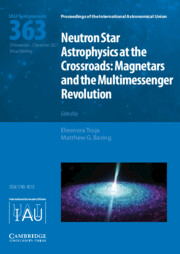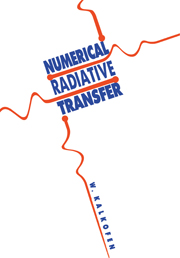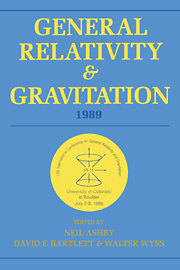Pulsar Astrophysics (IAU S337)
Ever since their discovery in 1967, pulsars and neutron stars have provided an unprecedented opportunity to study the extremes of physics. This started with the very rapid identification of pulsars as rotating neutron stars with extremely strong magnetic fields and, selecting just a few highlights from the following decades, was followed by the discovery of the Hulse–Taylor binary, millisecond pulsars, the first pulsars in globular clusters, the pulsar planets and the double pulsar. In the last decade alone, we have made some amazing discoveries and observations with an impact across all areas of astronomy. With these proceedings of IAU Symposium 337, the 50th anniversary of the discovery of pulsars is celebrated by reflecting on what we have learned from these remarkable physical laboratories and by casting our eyes forward to the exciting opportunities they will provide for physical and astrophysical studies in the coming decades.
- Explains the current state of the art in research into neutron stars and pulsars
- Reflects on what we have learned in this field over the last fifty years
- Provides a look forward as to how the field might develop in the future
Product details
No date availableHardback
9781107192539
468 pages
255 × 180 × 21 mm
0.87kg
Table of Contents
- 1. Current and next generation pulsar surveys
- 2. Gravity tests with pulsars
- 3. Gravitational wave science with pulsar timing arrays
- 4. Neutron star masses, 5. Glitches and equations of state
- 6. The neutron star zoo
- 7. The multi-messenger view of pulsars
- 8. Pulsar emission physics across the electromagnetic spectrum
- 9. Neutron star binaries
- 10. Constraining the magneto-ionic properties of the ISM and local IGM using pulsars
- 11. The future of pulsar research and facilities.







